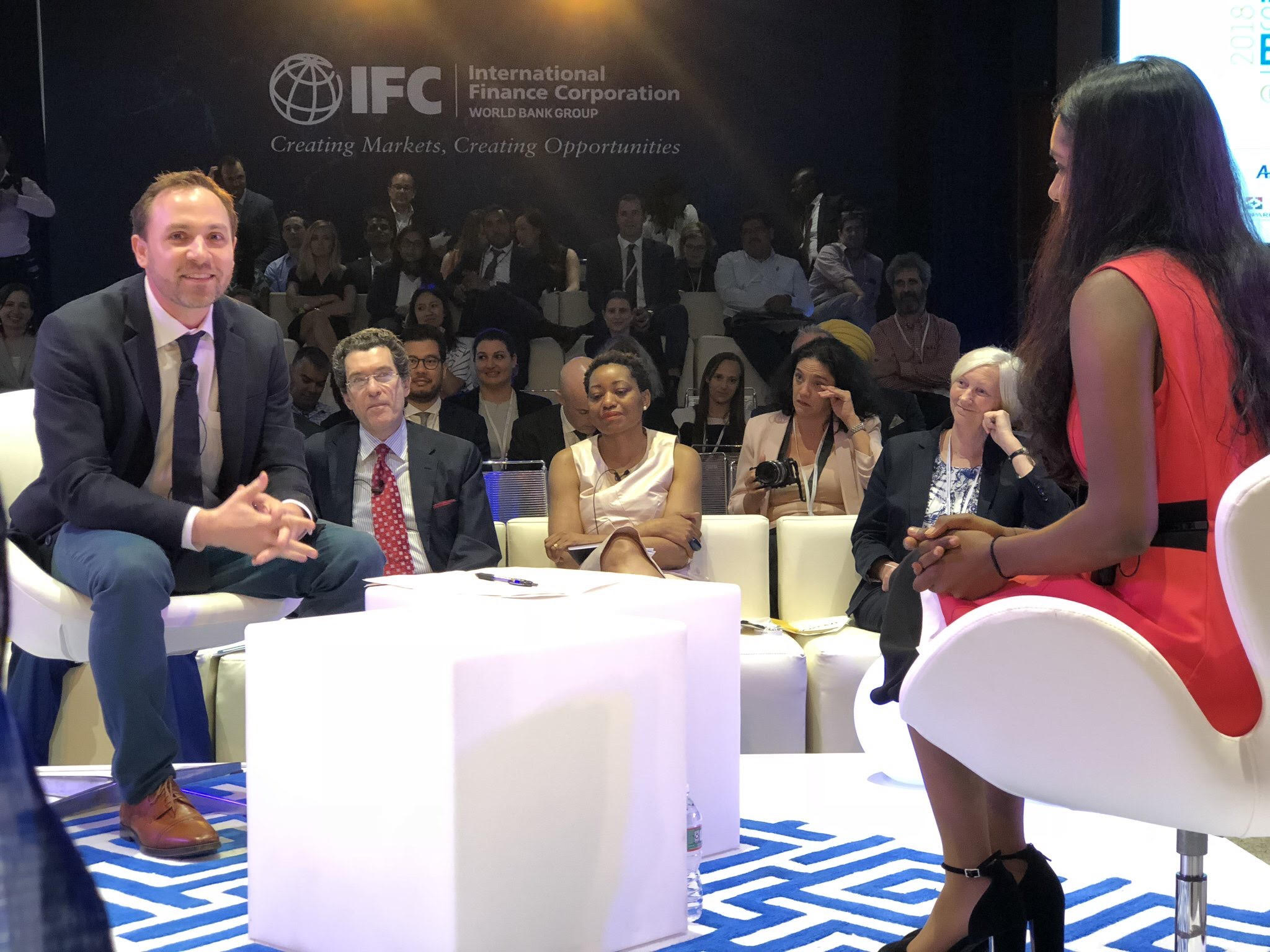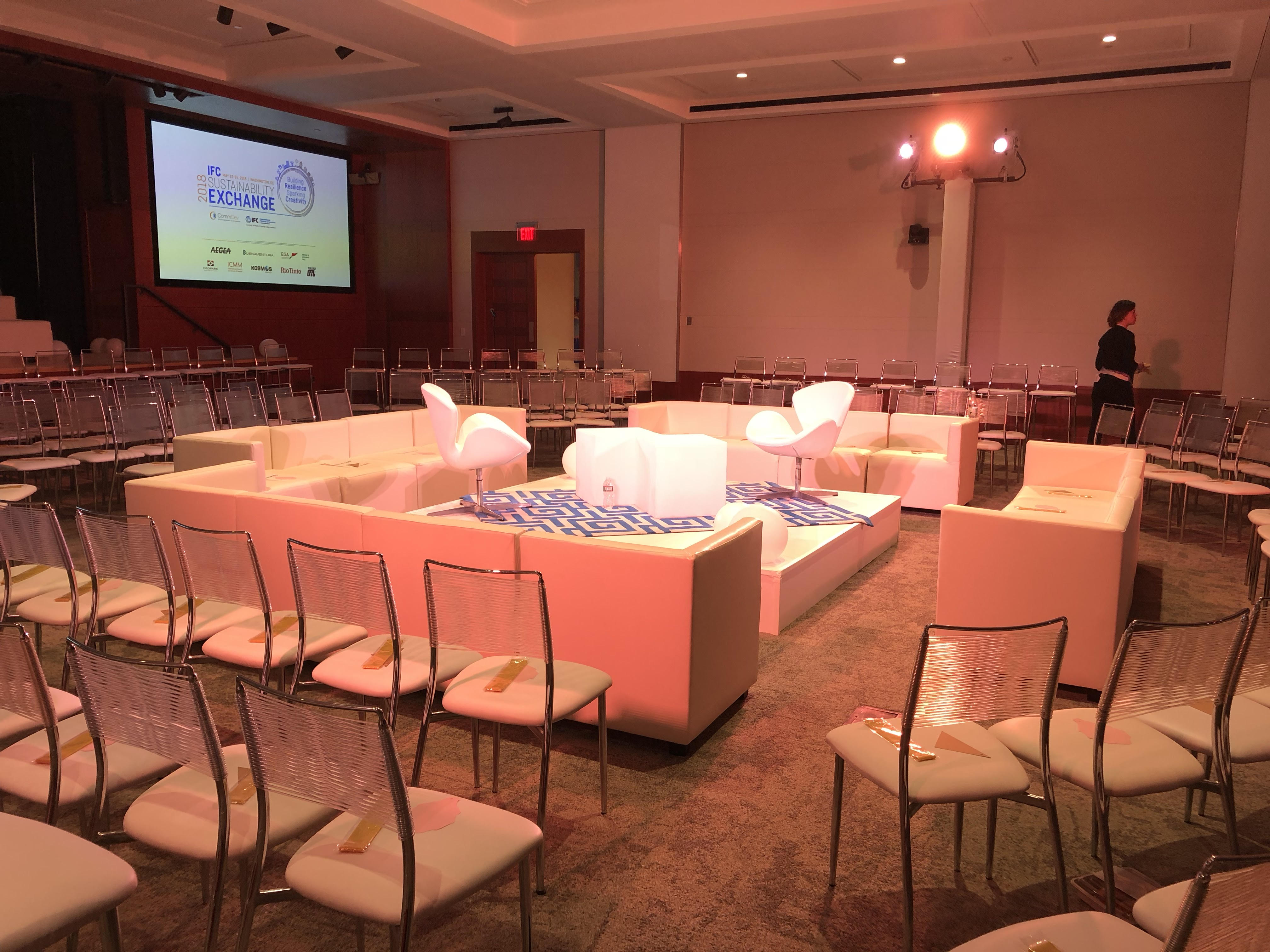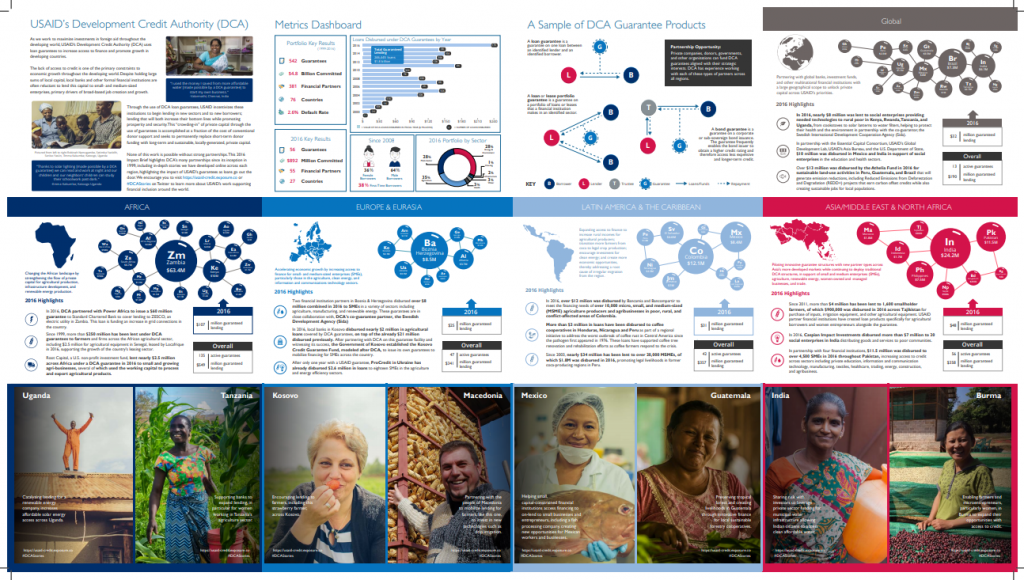Amal recently joined the TechChange team as a Marketing & Communications fellow! Prior to TechChange she worked in the startup, social impact, and tech space.
We recently sat down with Amal to learn more about her background and experience. Welcome to the team!
Q: So, tell us about yourself. How did you end up working in marketing and social impact?
I’ve always wanted to to be in the social impact and international development space. I graduated from The George Washington University with a degree in International Relations with a concentration in International Development.
My family and I were uprooted by the civil war in Somalia in the early 1990s. We lived in Kenya as refugees for the subsequent years until we were resettled to the States. Due to that experience, I’ve always wanted my work to reflect making a difference in my communities and the world. I want to be on the forefront of change and I am passionate about using technology to make that change.
Q: How did you first hear about TechChange?
I want to find meaning in my work so for me it’s essential my work and values align. Upon some research, I found TechChange and the company sat perfectly at the intersection of tech and social impact and embodied the values I was looking for. I immediately looked for ways to get involved and here I am!
Q: What excites you about marketing and sales?
I’m a tinker. I enjoy getting into the mind of the user – figuring out the needs and pain points of a potential customer and showing them how the product can address that.
Q: Anything you look forward to working on or learning at TechChange in the next few months?
I’m really looking forward to expanding my knowledge on various international development subjects and tech as well as learning from all the talented folks at TechChange and the greater TechChange community.
Q: Lastly, what’s something that not a lot of people know about you?
I’m startled very easily, even the sound of a text tone makes me jump. So it’s not the wisest choice to try to sneak up on me. However, I am a huge horror film fan and will watch a scary film in any language.




